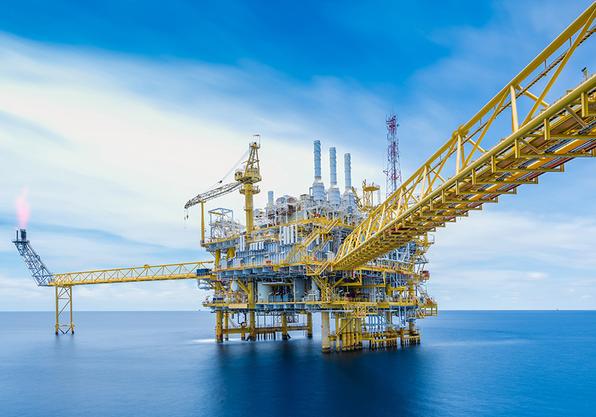
Gas hydrates, also named as clathrates, are ice-like crystalline solid composed of water and light gases or hydrocarbons. It usually forms in high pressure environment where water molecules form a cage to stabilize the guest light gas or hydrocarbon molecule.
Naturally occurring gas hydrates may be an important future hydrocarbon energy resource with the development of appropriate means of capture, transportation and storage. However, for conventional oil and gas production systems the presence of hydrates is considered to be an operational and safety problem. Hydrate plugs can form in gas and oil pipelines (and facilities) at typical operating temperatures and pressures under normal operating conditions, under pipeline shutdown where temperatures fall significantly as a result of closing a well or flowing gas through a choke valve. As a result, flow assurance studies including hydrate formation analysis and management have become an essential part of engineering work for the design, commissioning and operation of offshore and onshore well production facilities.
This whitepaper provides detailed description on the thermodynamic model of gas hydrates in Multiflash®, and its capabilities and performance in providing accurate predictions on hydrate formation and inhibition. Together with the accurate thermodynamic fluid model (Cubic Plus Association, CPA) for modeling the gas, hydrocarbon liquid and aqueous phases, the gas hydrate models in Multiflash.